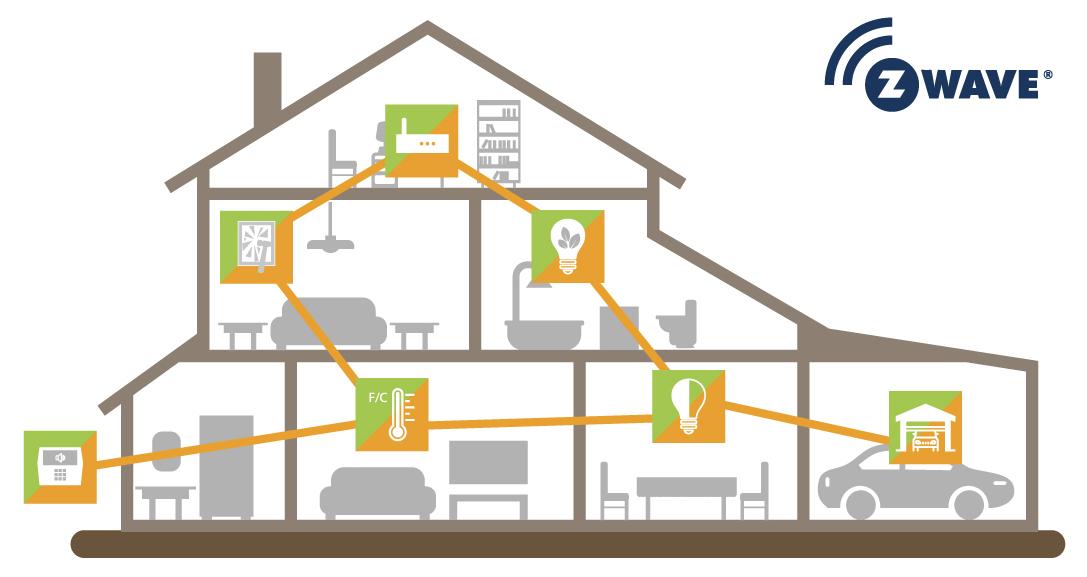This article offers a perspective on the EasyMesh Wifi protocol/standard. Put simply, this protocol specifies communication between multiple WiFi APs in order to improve coverage and enable wireless networks to self-adapt. In the context of smart home development services, this becomes increasingly relevant as it enhances connectivity and integration within home automation systems.
What is WiFi EasyMesh?
This is not something particularly new; most of the WiFi vendors have been offering their own implementations for so-called WiFi clusters for three to five years. But these are vendor dependent, so you cannot mix hardware from different manufacturers. Initial hardware choice commits you to a single vendor and precludes the choice of different hardware in the future.
This is where EasyMesh comes into play. Easy Mesh certified devices should work flawlessly with each other. There are always exceptions to this but in the long run, a customer will be able to set up a WiFi cluster using devices manufactured by multiple vendors.
More on implementation
A WiFi cluster is basically a single entity that manages connections of multiple APs to STAs. Most of the time it’s organized in a star topology: one main router (gateway) – it can also be called a cluster manager – with software that orchestrates the network, and multiple APs that provide full WiFi coverage in an office or at home.
This model resembles a wireless distributed system (WDS). Although a WDS also consists of interconnected routers, it’s the software that implements EasyMesh that makes the difference: namely, the cluster manager provides intelligent AP balancing, band steering and other features that improve WiFi network efficiency.
Pros and cons
As was stated above, EasyMesh provides such capabilities as:
- Simple setup – software handles setup by itself
- AP balancing – client stations reconnect to another AP as soon as conditions say that this will improve performance
- Interoperability and scalability – devices from different vendors and manufacturers can work in a single network
- Flexibility – APs can be placed freely, and interconnects can use different mediums, providing the best coverage.
The only con is that vendors are not obliged to incorporate the standard into their devices, so it’s not clear how soon it will catch up with main vendors’ cluster offerings. Even though most vendors responded positively to this standard, it requires time and money to implement and may not correspond to vendors’ business goals.
Use cases
As an example of the problems solved by EasyMesh, one could consider the issue when a smartphone sticks to an AP even when signal quality downgrades but the node is still reachable. This is one example where intelligent balancing makes a difference. A WiFi cluster will be able to switch flawlessly and without interruption to a closer or less loaded AP.

Example of home Wireless LAN
It’s also interesting to highlight how APs and gateways are connected on a physical level. The simplest way to do this is using a wireless link. It’s the most frequent (and default) choice. The main disadvantage is that throughput is decreased by 50% in this case, unless the router supports two bands (2.4GHz and 5GHz) – in this case, one band can be used to send data between APs, as backhaul, and another for clients.
A different approach is to use a wired network. This approach leaves the wireless medium free for clients so no downgrades in terms of efficiency are anticipated. The only issue that arises is the cost of wired network installation, which makes this choice the least appealing.
Yet another option is to use power line communication (PLC). This has neither the disadvantage of a wireless connection nor the setup cost of a twisted pair: it only requires reliable power lines.
Conclusion
All these options give much room for maneuver. This makes EasyMesh certified devices a good option for those who want to establish wireless SOHO networks as well as for those who would like to improve existing SOHO networks. The Wi-Fi scalability brought by EasyMesh allows 3rd party vendors to come to market with new wireless solutions and flawlessly integrate them into established ecosystems.
Do you still have doubts, questions or concerns? Just drop us a line and we’ll help you figure everything out!

